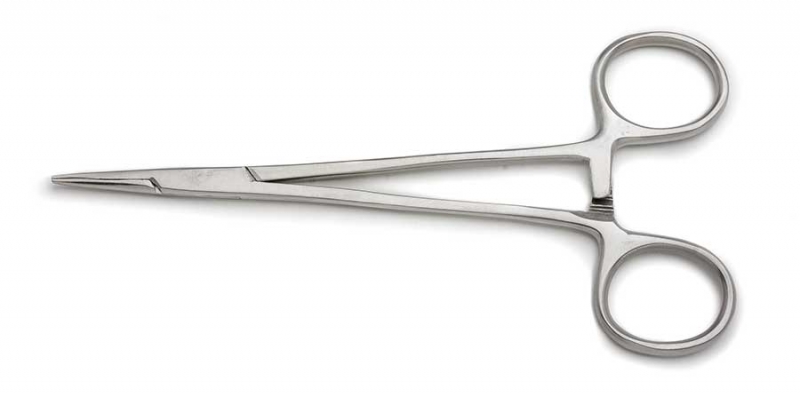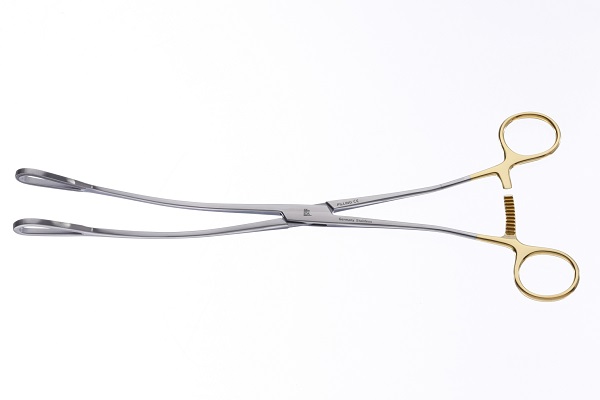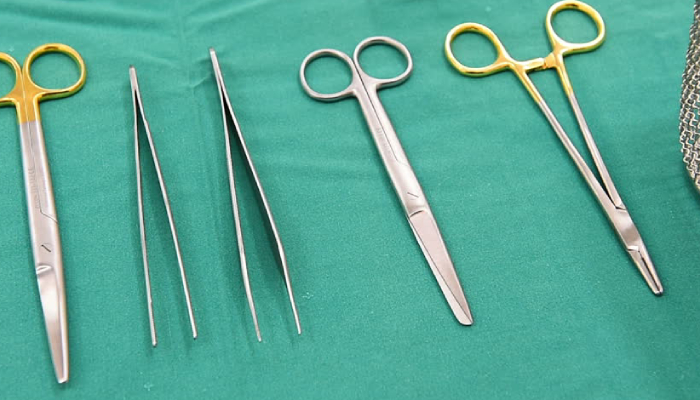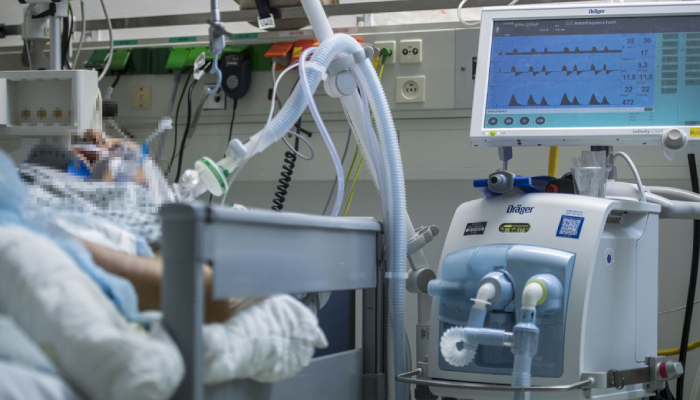An overview of different medical tools for surgery

Medical wastes: Effective hospital waste management process
March 4, 2020
Understanding Medical Treatments For Hypertension
March 8, 2020Blame it on the thriller medico series or surgery related documentaries; the handheld instruments that the surgeons expertly handle during surgical procedures attract a lot of interests for a typical observer. But did you know that each surgical tool has specific functions and certain factors need to be considered while using it? Well, this article will take you through a detailed overview of different medical devices for surgery.
Read More About : Importance Of Live Scan Equipment In Modern-Day Security Features
Medical tools for surgery
Surgical tools have different functionalities, and certain other factors need to be considered before starting the procedure. The success of the procedure depends upon the correct usage of surgical instruments. Similarly, the size of the subject also determines the right choice of surgical tools. It is essential to use the instruments that stay sharp for a long time, and it is advised to consider instruments made up of titanium or tungsten carbide for better precision.
The medical tools for surgery can be classified based on the functions. They are:
- Cutting instruments- includes tools like surgical blades, scalpels, knives, and scissors
- Holding instruments- such as tissue forceps and hemostatic forceps
- Retractors- These are the instruments that hold an open organ, or tissue.
Apart from the above classifications, medical tools for surgery include many instruments that act as the extras for the operations like clamps, sutures, drills, binocular loupes, vessel clips, biopsy punches, and lot more. Let us go through some of the primary instruments used for the surgical procedures.

Cutting instruments
Cutting instruments like scissors are available in multiple precisions that can be used for many detailed surgical procedures. Following are the different scissors used by the surgeons
Fine tip scissors
These are ideal for ophthalmological procedures that involve delicate cutting of tissues in a restricted space. Usage of these blades ensures minimum damage to the tissues with greater accuracy. Vannas, McPherson, and Castroviejos are few examples of fine tip scissors.
Curved tip scissors
These scissors are used for accurate cutting by preventing damage to the underlying tissues
Spring Scissors
These scissors are ideal for vascular, neurosurgical, ophthalmological and microsurgical surgeries.
Sapphire Blade
These blades can be used in dissection, microsurgery, and related surgeries that require pressure-less cutting without tearing or damaging the specimen. The blades are saline resistant and corrosion free and offer sharp cutting edges. The scissors can also bear a temperature of 200c while autoclaving.
Scissors
These scissors have a heavier construction and are used for cutting thick vessels, tissues, and furs.
The scissors of tungsten carbide makes are more durable and last longer compared to stainless steel ones.

Grasping Instruments
Grasping medical tools for surgery are classified into two types: ring forceps and thumb forceps. The reverse forceps have to be squeezed to open, and the ceramic tipped forceps are corrosion and heat resistant ones. The straight tip forceps are used for general works, while curved ones facilitate better visibility.
Ring forceps
Ring forceps are otherwise known as locking forceps, or hemostat forceps are mainly used for holding, grasping or exerting traction on objects in delicate surgeries. Hartman mosquito forceps, Halstead mosquito forceps, Allis tissue forceps, Crile hemostats are a few examples of ring forceps.
Thumb Forceps
Forceps that are used by compressing the instrument between thumb and forefingers that are used for holding and manipulating body tissues are known as thumb forceps. These are typically used for dressing wounds and to handle tissue in eye & tooth treatments. Adson tissue forceps, Bonn tissue forceps, Iris tissue forceps, and Graefe forceps are a few examples of thumb forceps.
Retractors
Retractors are tools used particularly by an assistant surgeon or robots to hold open an organ or tissue that blocks the visibility underneath. Self-retaining retractors have a mechanical device that holds the issues during the surgery, and the wire retractors consist of springs that help the tissues to be pinched and positioned.




